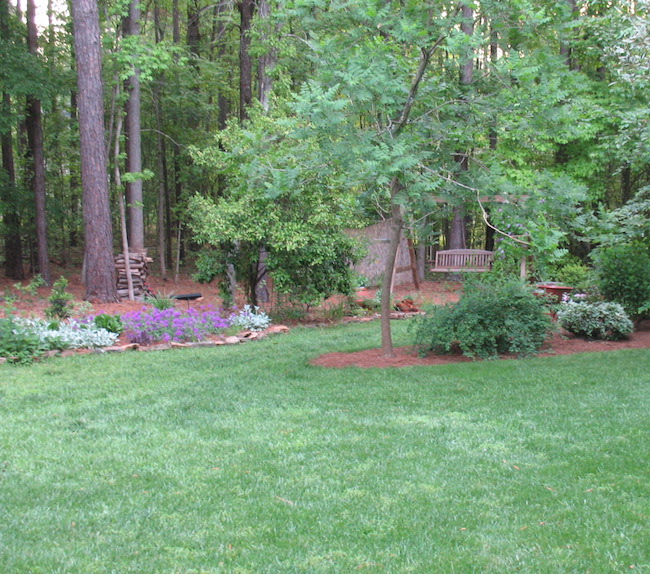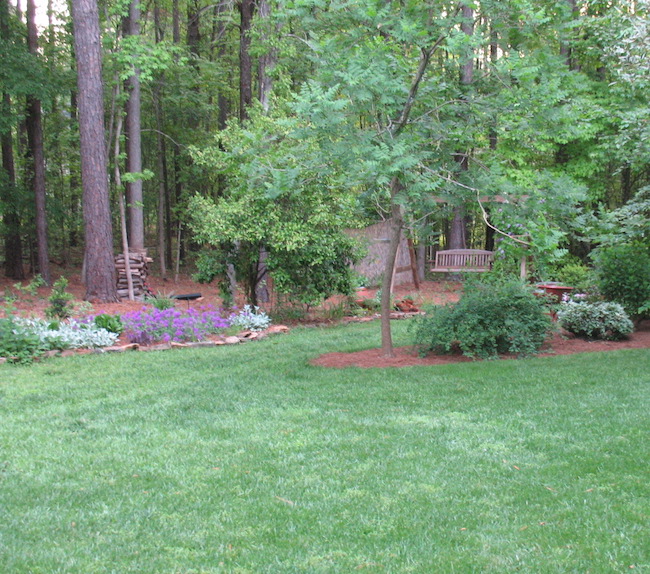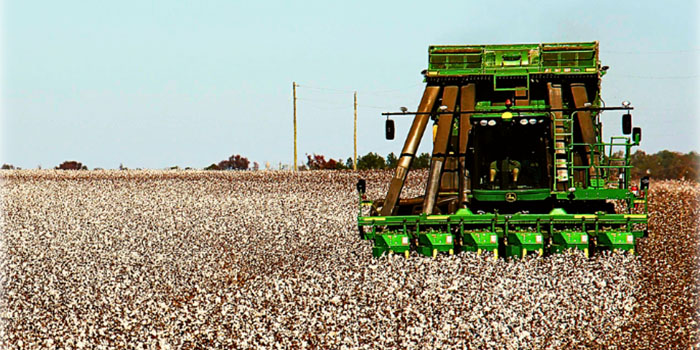Last year’s prolonged drought has extended into this year. Lawns that were in poor health before the drought are having trouble greening up now. If you’re reviving a spotty lawn, perk it up with help from University of Georgia Cooperative Extension.
Water correctly. In the absence of rainfall, established lawns need about 1 inch of water a week. Because the soil cannot absorb that much water at one time, which results in runoff, smaller volumes of water totaling 1 inch may need to be applied at separate times during the week. For example, two half-inch applications could be made three to four days apart.
Many homeowners use irrigation systems to water their lawns, and they tend to water lightly and frequently. This can result in poorly rooted turfgrass. Watering deeply and infrequently is ideal. (Remember to follow your county’s outdoor watering schedule.)
Don’t guess, soil test! The proper application of fertilizer is critical to lawn health. A soil test is the best way to determine your lawn’s specific fertilizer needs. For a small fee, your local UGA Extension office can help you submit your soil to the Agricultural and Environmental Services Laboratories in Athens, Georgia, for testing. The results will provide you with your soil’s pH, suggestions for adjustments of that pH, and specific recommendations for the amount and timing of fertilizer application. Applying too much or too little fertilizer is a costly mistake that many homeowners make. Local waterways are often affected when excessive fertilizer runs off into stormwater drains and creeks.
Aerate during the growing season. Aerification of your lawn with a core aerator increases water penetration, reduces soil compaction and encourages healthy root growth. Aeration works best if completed during the active growing season, which is now for warm-season lawns.
Grow turfgrass in areas with the right light conditions. Grass doesn’t grow in the forest because trees outcompete the grass for light, water and nutrients. Turfgrasses perform better in full sun. Varieties that will tolerate some minimal shade include fescue, St. Augustinegrass and some varieties of zoysiagrass, including ‘Zeon’ and ‘JaMur.’ Consider adding a shade garden in truly shady areas where it is difficult to establish turfgrass. This will save you some frustration!
Mow your lawn to the right height and at the right frequency. Mowing the lawn does more than remove excess growth — it encourages the health of the turfgrass. Mowing turfgrass too short removes excess shoot tissue that is needed to make food for the plant, thus damaging your lawn. A good rule of thumb is to mow the lawn often enough so that you don’t remove more than one-third of the leaf blade.
Hybrid bermudagrass should be mowed to a height of 1 to 1.5 inches every three to four days. Centipedegrass should be mowed to 1 to 2 inches every five to 10 days. Common bermudagrass should be mowed to 1 to 2 inches every five to seven days. Tall fescue should be mowed to a height of 2 to 3 inches every five to seven days. Zoysiagrass should be mowed to 1 to 2 inches every three to seven days.
Let the clips fall where they may. Do not remove grass clippings from the lawn as they return nutrients and organic matter back to the soil. Leaving grass clippings on the lawn can reduce fertilizer needs by as much as 30 percent. However, clumps of grass should be scattered since they keep sunlight from reaching the underlying grass. Use a rake or leaf blower to scatter the clumps.
For more information on caring for turfgrass lawns in Georgia, visit www.GeorgiaTurf.com.





